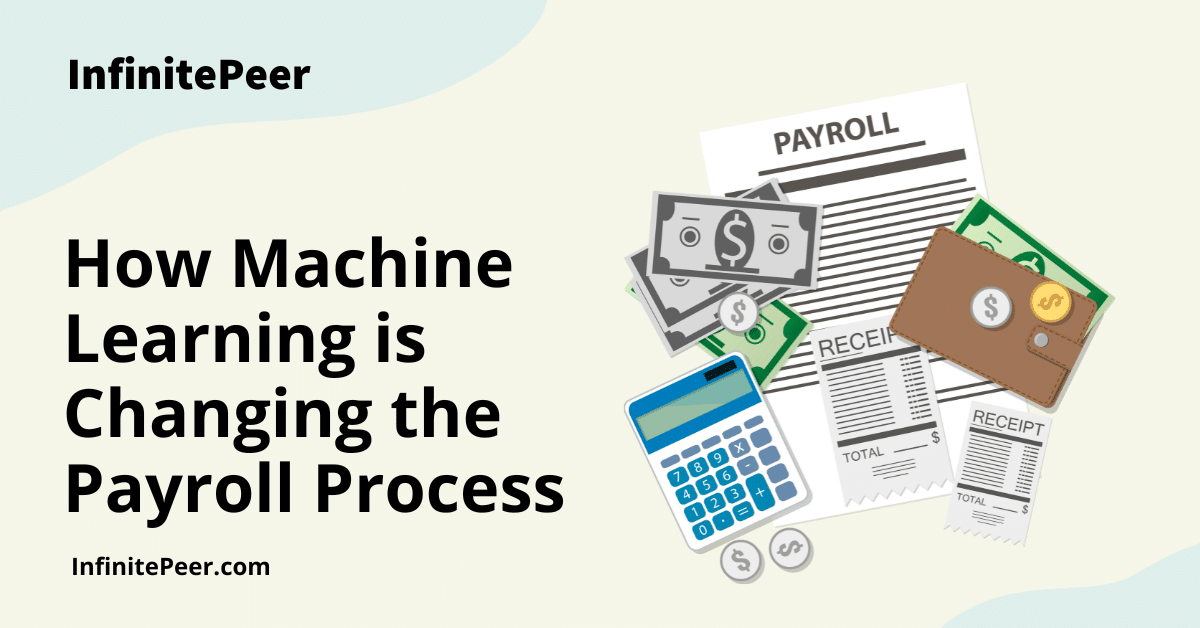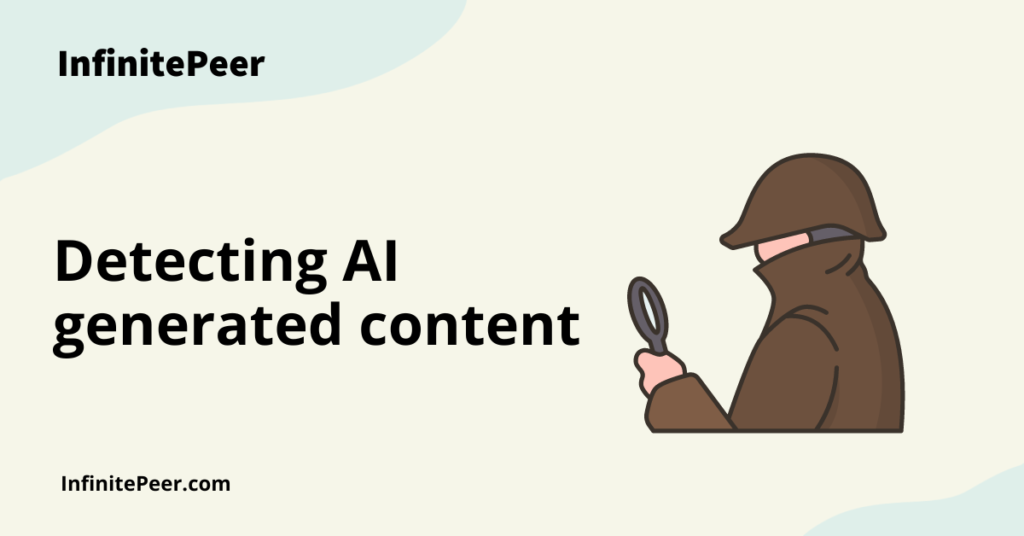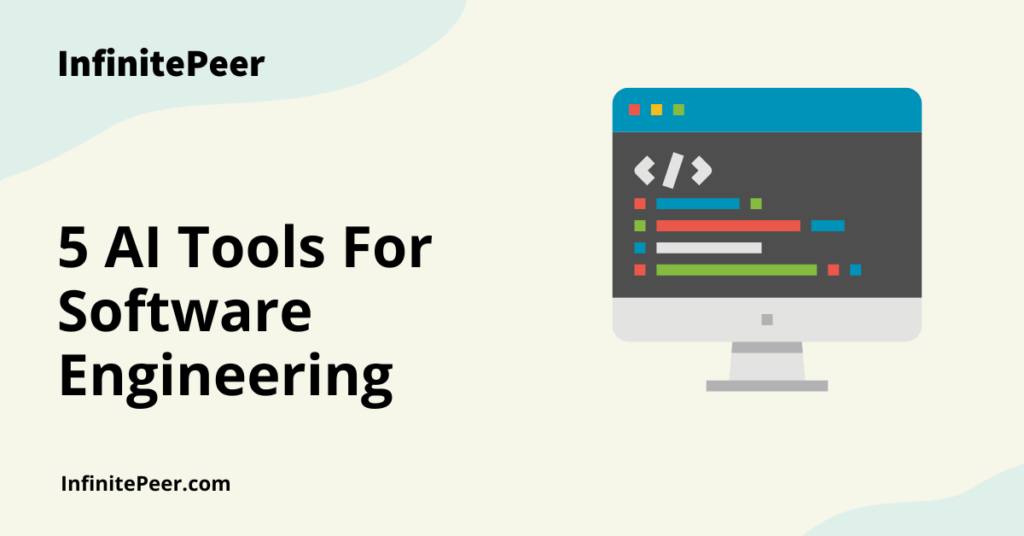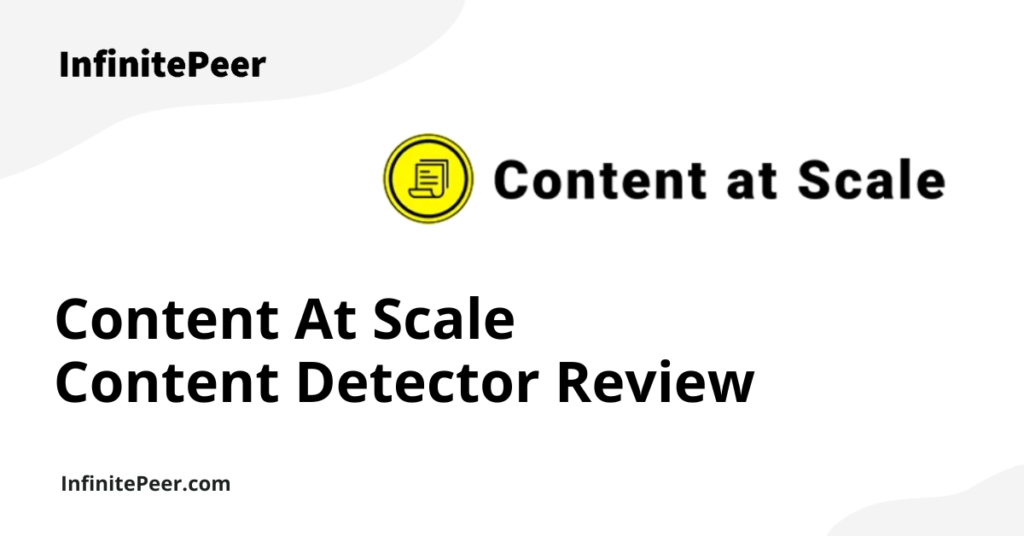The world around us is quickly transforming into a highly sophisticated one where AI-driven bots and robots handle most of the laborious work we previously did manually. Human resources is no exception, with artificial intelligence automating many HR tasks, including payroll management. Now, Machine Learning (ML) and Data Science are adding some amazing new capabilities to HR departments.
Thanks to machine learning (which infers patterns and trends from large amounts of historical data), considerable leaps in accuracy and efficiency are being made in payroll departments around the globe.
How is Machine Learning Changing the Payroll System?
HR, including payroll processing, has typically been considered a cost center. HR leaders recognize that as a cost center and not a driver of revenue, it’s highly important to keep expenses low, while still delivering on the core responsibilities of the department.
With the rise of AI, HR leaders are investing in technology to boost efficiencies, minimize risk, and focus on creating an employee experience that ensures long-time job retention and optimal productivity.
But how exactly are businesses able to drive this change? The answer lies in the tremendous amount of data they generate every day. Data is priceless to organizations and faster access to data analytics means real-time data-driven decision-making has become a reality.
With Artificial Intelligence and Data Science making significant headway, HR personnel can now derive real insights from their own internal data to predict trends, forecast future changes, and pinpoint anomalies that could impact business performance. Analyzing internal employee data also helps in evaluating employee performance and the organization’s corporate culture.
In this article, we’ll focus on one specific area of HR that impacts every single employee, every month: payroll.
Let’s dive into how machine learning and artificial intelligence are changing the payroll process.
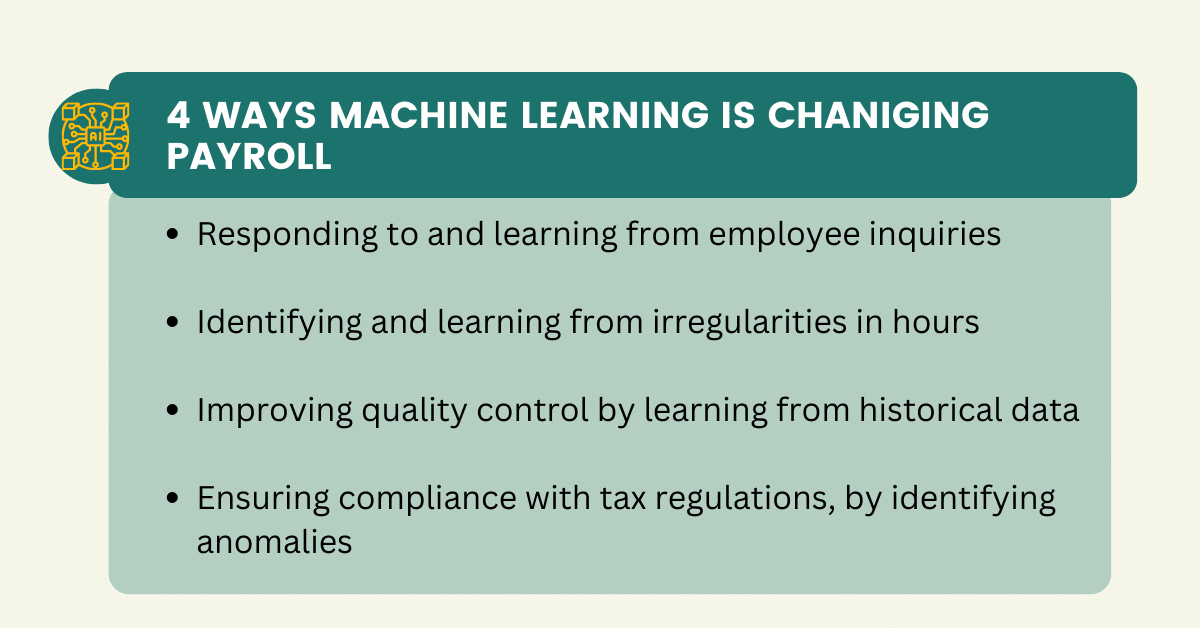
-
Responding to, Tracking, and Learning from Employee Payroll Inquiries and Questions
Without fail, questions from employees about payroll happen every day. Artificial intelligence is now being used to answer basic and common questions instantly, through AI-driven chatbots. These chatbots can accurately respond to queries about payment timing, payment amounts, overtime and vacation pay, taxation and tax deductions, and benefits payouts.
These chatbots are improving daily – this is where machine learning comes in. With every question asked and answered, the AI learns, the same way a human resources specialist would and quickly improves its accuracy.
AI and machine learning, paired with data analytics can also analyze the frequency and types of questions being asked by employees to improve employee training and organizational communication around payroll and payments.
Compensation processes and calculations must be transparent so employees understand their benefits and feel financially comfortable.
-
Identifying Irregularities in Employee Hours and Time Sheets
AI and machine learning are also used to ensure employers are protected against errors, or even fraud in employee time tracking.
AI and data analysis are now being used to predict expected hours worked in a pay period and then flag any anomalies that require investigation. This is done by comparing current work hours to past activity and trends and ensures that any mistakes in hours tracked, or even attempts to inflation hours are caught and investigated before payment is made.
On the flip side, the same technology is leveraged to ensure employees are fully compensated – if hours appear too low for a given period, an investigation is also needed to ensure the employee didn’t forget to log in, or errors in recording hours.
Again, machine learning comes into play here because every time an anomaly is identified and investigated, the AI models learn from that instance becoming more and more accurate.
-
Improved Quality Control: Identification of Potential Errors in Payroll based on Historical Data
Payroll calculations can be complex, requiring a deep understanding of the tax laws in place in your jurisdiction. Often multiple different taxes are levied and deductions are applied for a variety of other reasons (payments for benefits, donations, contributions to pension schemes, etc.).
AI-driven technology can now use algorithms to compare past payroll periods to current periods to identify and flag any unexpected variances. A payroll specialist then investigates the variance to determine if an error occurred, or if the variance is in fact accurate.
This can be applied across earnings, taxes, and deductions, on an employee-by-employee basis adding an extra layer of quality control, before payroll is approved and paid.
Proactive identification of potential errors can reduce the number of payroll errors made, which can become costly, especially if the incorrect amounts are remitted to tax agencies.
-
Ensuring Compliance with Tax Laws and Regulations
Lastly, HR teams can leverage machine learning to ensure compliance with tax laws and regulations. As noted above, mistakes made in tax remittances can quickly become expensive, as fines, penalties, and interest are typically charged by tax authorities if amounts are owed or submissions are not made on time.
AI tools can compare past tax submissions to your current submission, flagging any discrepancies that should be reviewed, before the final submission. The same tools can ensure that your opening and closing balances reconcile and agree to past remittances.
Flagging inconsistencies also becomes increasingly important in our current world of remote work. As employees work remotely in different countries, it will be important to ensure tax regulations are followed in multiple jurisdictions, increasing the complexity of the payroll process for HR teams.
Conclusion
Overall, many of the uses of artificial intelligence in payroll processing rely heavily on machine learning to become more effective.
The examples above show that generally speaking, AI can identify potential mistakes in your payroll, but these potential issues need to be investigated by a human.
Every time an issue is investigated and resolved, the AI learns from that interaction and can handle it more effectively the next time something similar comes up (much like your payroll clerk would!)
In the future, HR professionals dealing with payroll will need to understand how these tools work and effectively apply them to their daily processes, to increase the accuracy of their work and reduce the time it takes to complete it.
